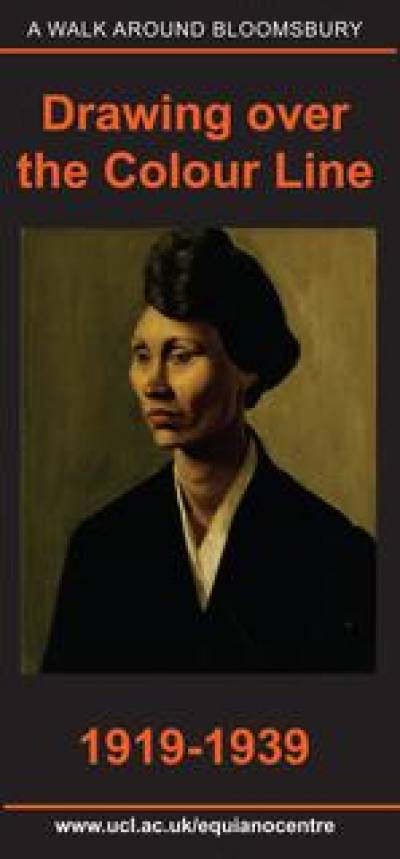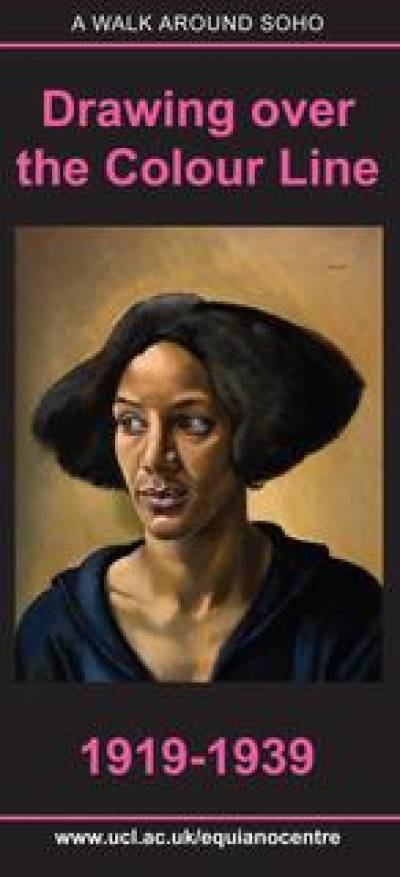Geographies of art and cosmopolitan politics in London 1919 - 1939
The influence of the
Harlem Renaissance - when African-Americans created a revolution in
music, art and literature in New York - has become an important
element in understanding cultural, social and political change in New
York, as well as in European cities such as Paris and Amsterdam in
the 1920s and 1930s.
Like New York and Paris interwar London
played host to the meetings of many intellectuals, students and
workers in the realms of anti-colonial, nationalist and Pan-African
politics, to name just a few examples. The extent to which the Black
and Asian actors who initiated these political and social debates
influenced new artistic practices and forms in the city is not yet
understood.
Examining the archives of art collections as well
as personal papers, autobiographies and memoirs, this project explored the lives of Black and Asian men and women who worked as
artists and artists models in London between 1919 and 1939 and examined the role they played in the changing artistic, social,
cultural and political scenes that emerged in Inter-War
London.


The project resulted in a range of
activities and outcomes, including walking tour maps (see images
above), public events including the Black Bloomsbury exhibition and
public programme with UCL Art Museum, a project blog, a Black Modernism follow-on funding project, and our Drawing over the Colour Line database.
The
research was funded by the AHRC - Award Reference AH/I027371/1
 Close
Close


